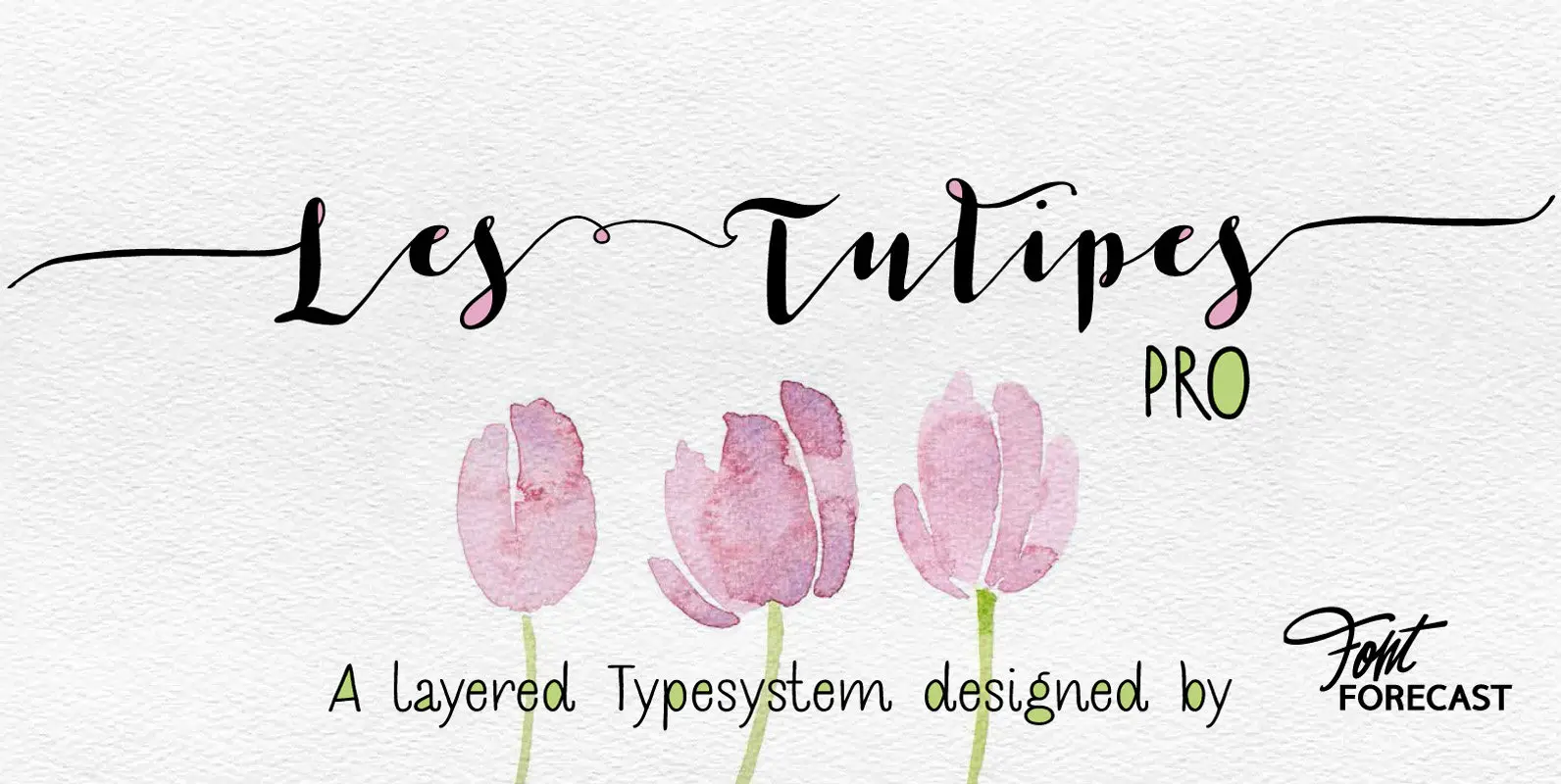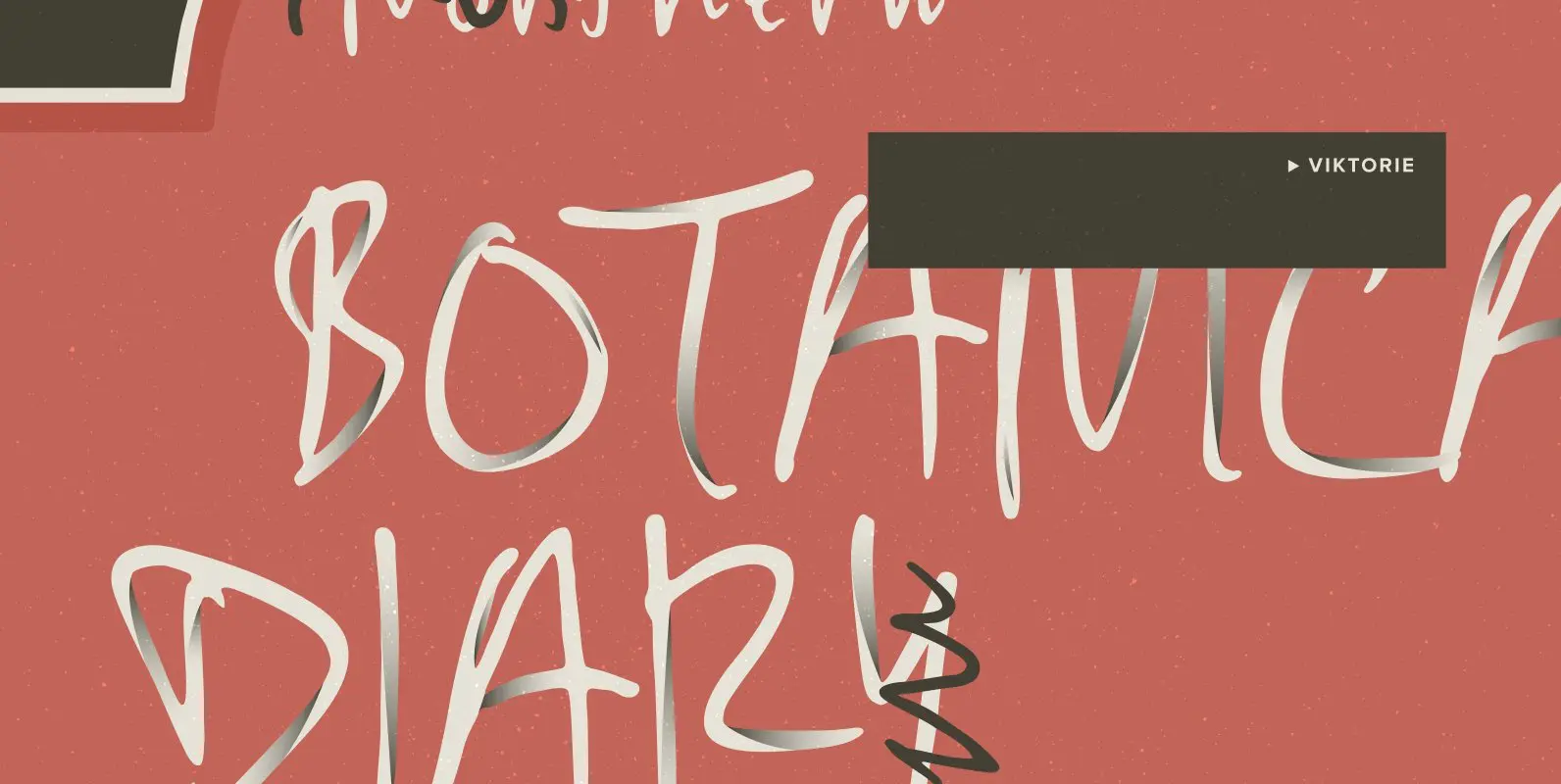Tag: penmanship

Texas Hero Font
The first font to simulate actual old penmanship, Texas Hero is modeled chiefly on the handwritten script of Thomas J. Rusk—who served as commander of the Texas Army, chief justice of the Texas Supreme Court, and one of the state’s

Madelyn Font
Madelyn is a handwritten script font based on the expression of real handwriting. Amiable and organic, it is perfect if you want to convey individuality and style. It’s written with a calligraphy pen with casual dry strokes and a signature

Emily Austin Font
Emily Austin is modeled after the penmanship of Emily Margaret Austin (Bryan) Perry, an early Texas colonist along with her brother, Stephen F. Austin, for whom the state capital was named. Specimens were letters dating from 1837 until 1851, the
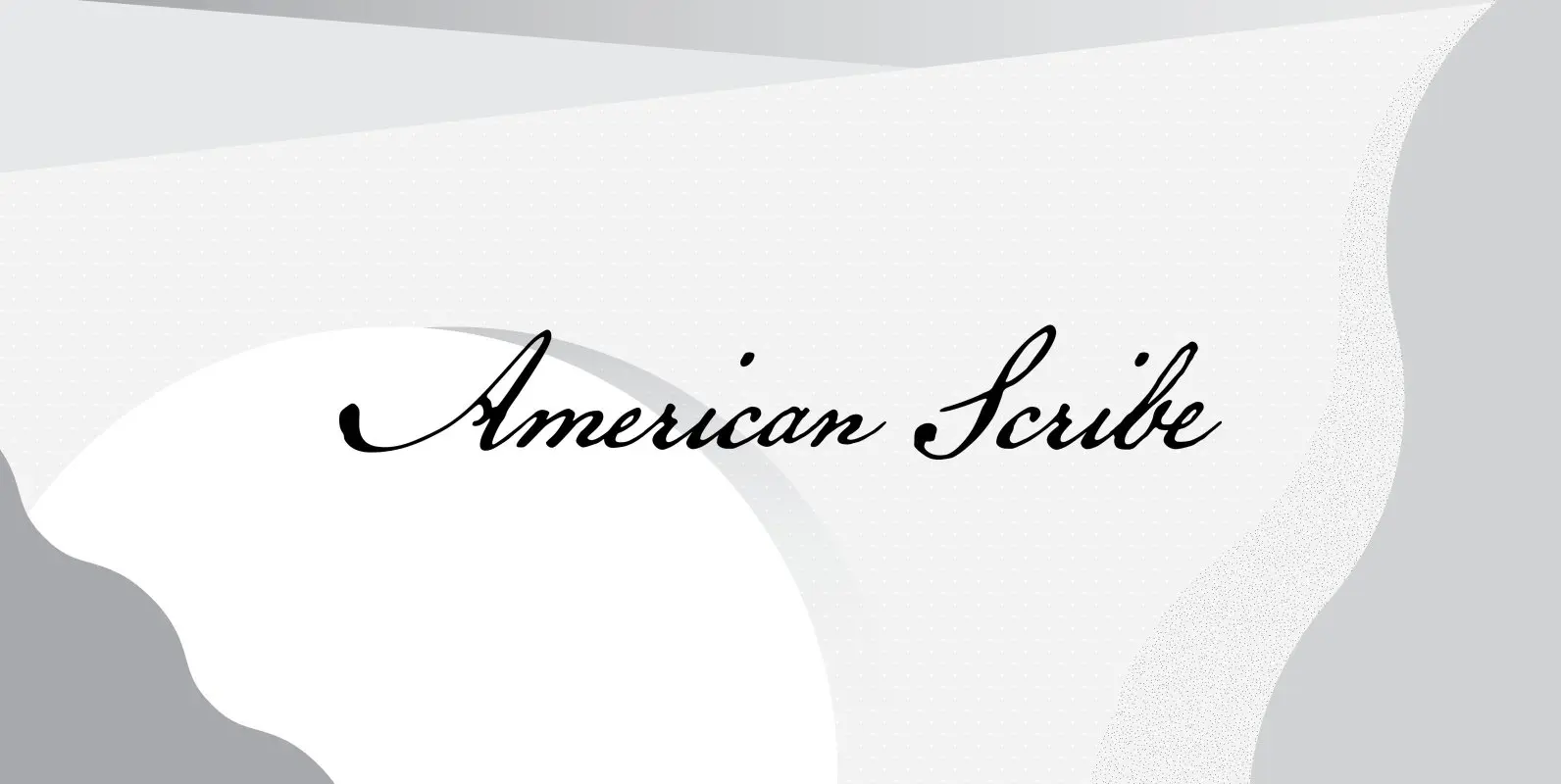
American Scribe Font
American Scribe simulates the penmanship of Timothy Matlack, generally agreed to be the scribe of the famous, engrossed copy of the Declaration of Independence (written, of course, by Thomas Jefferson). Matlack—whose clear, compact script is perhaps the most familiar handwriting

Oak Street Font
Oak Street has the look of a note written with a felt-tip pen gone blunt from overuse. Distinctively plump and eye-catching, its letters lean slightly to the left. OpenType features include true small caps, lots o’ ligatures, and Central/Eastern European
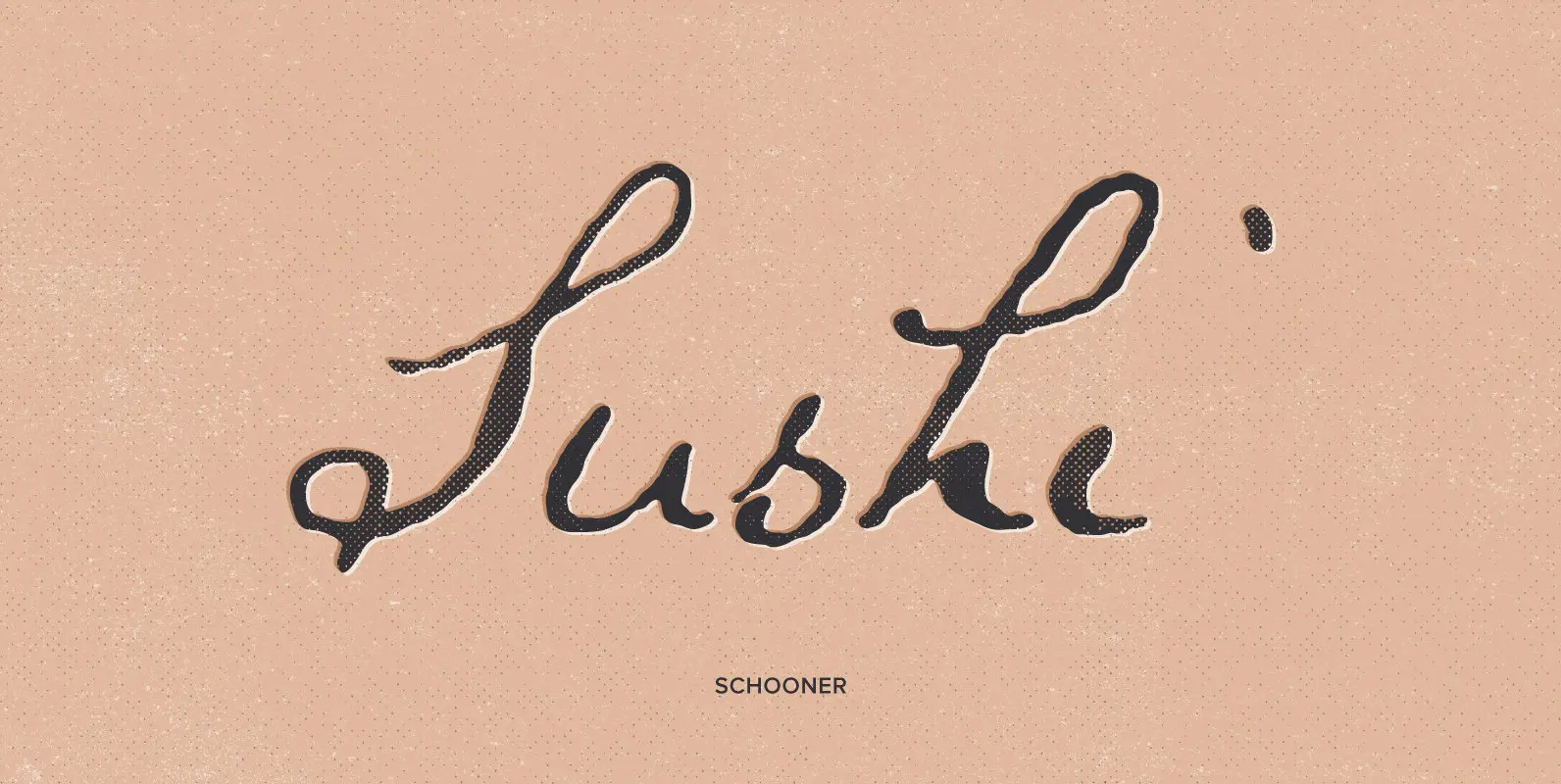
Schooner Script Font
Schooner Script replicates the handwriting of Samuel Clarke, pastor of a church in Princeton, Massachusetts, in a letter to his congregation dated 18 September 1825—a plea for donations to help some families who lost their belongings in an accident at
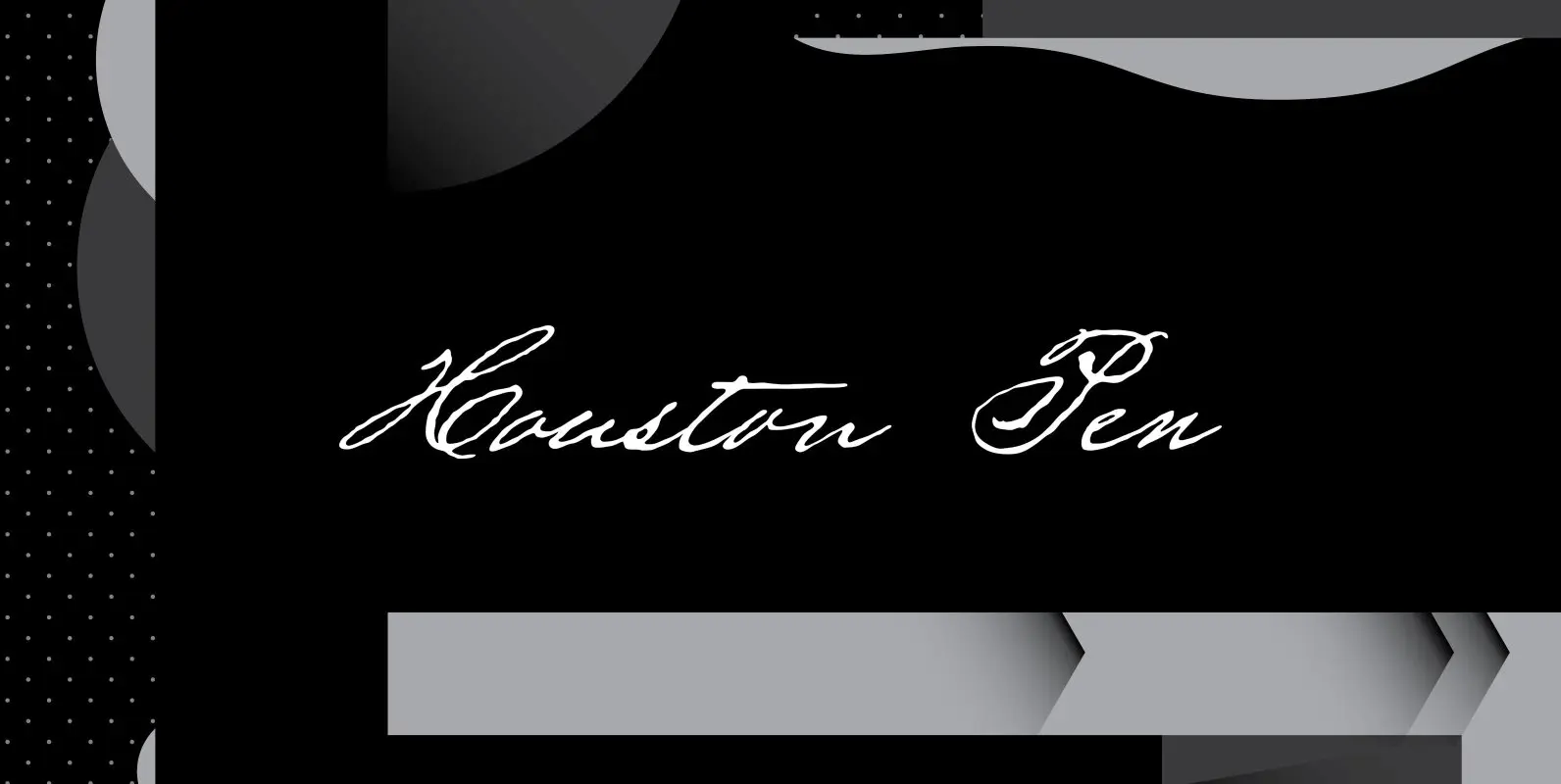
Houston Pen Font
Houston Pen replicates the handwriting of Sam Houston, perhaps the most famous Texan, in letters dating from the 1830s to the late-1850s. Much like the man himself, Houston’s handwriting stood fairly large on the page and had a distinctive flourish
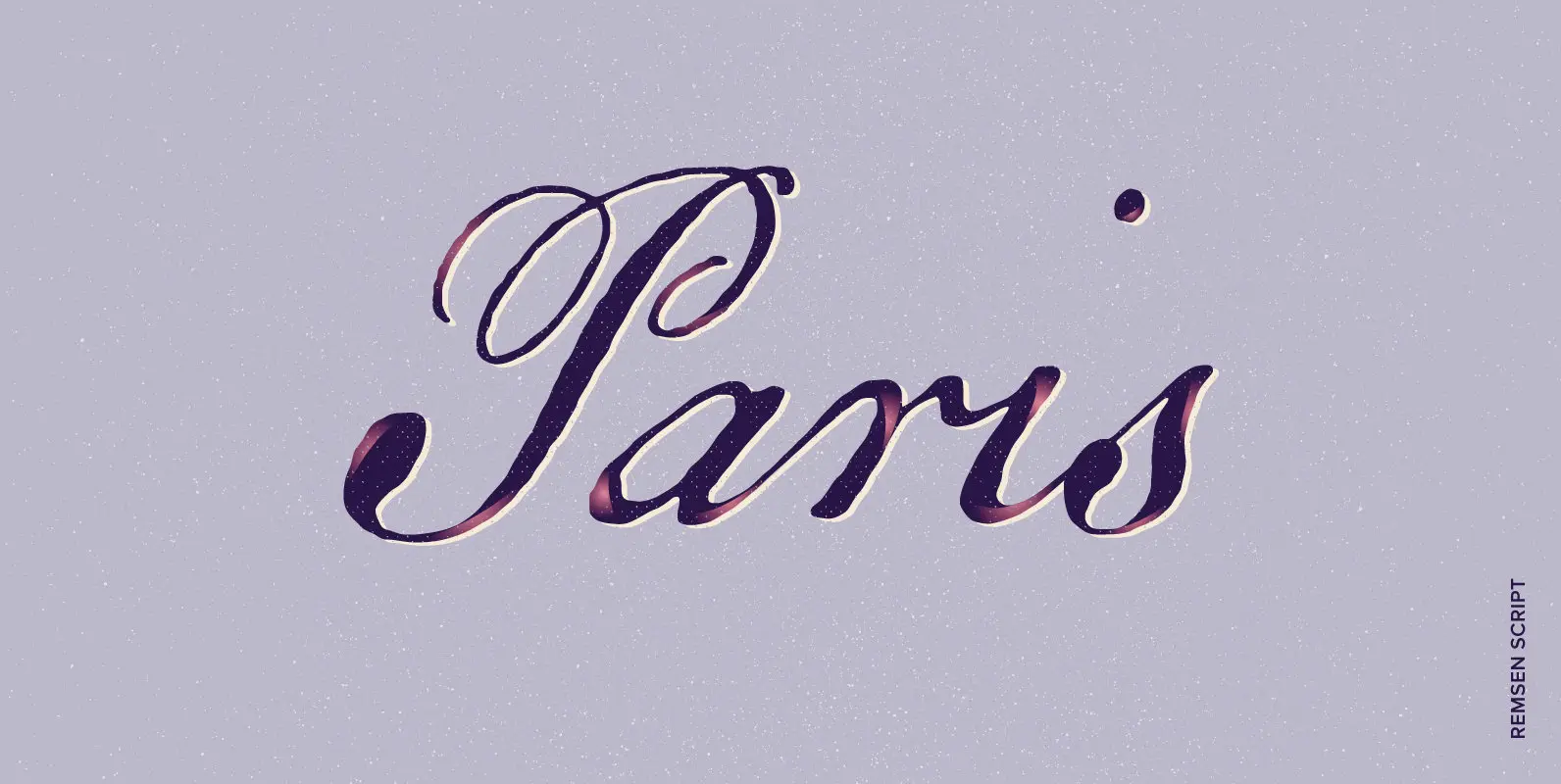
Remsen Script Font
The 1765 Stamp Act ignited in American colonists a simmering distrust of the distant British Parliament, whose oppressive trade duties they deemed unfair assaults on their rights as English subjects. Before long, of course, this little dustup spawned The Boston
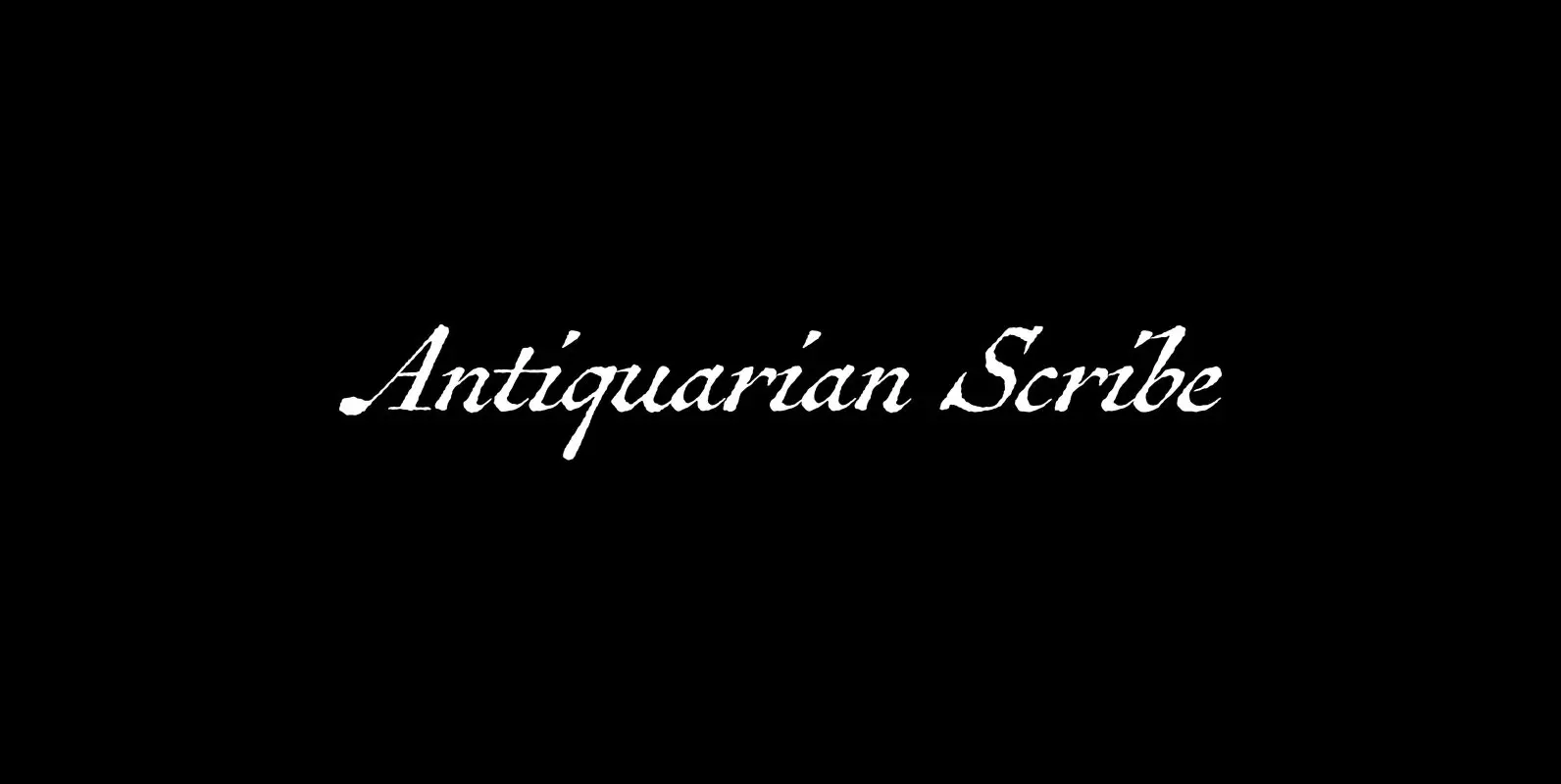
Antiquarian Scribe Font
Antiquarian Scribe is modeled after the neat, oblique hand-lettering displayed on an original page of “Atlas Historique, ou Nouvelle Introduction a L’Histoire”—a world atlas published by Henri Abraham Chatelain between 1705 and 1732 in Amsterdam—that I picked up at an
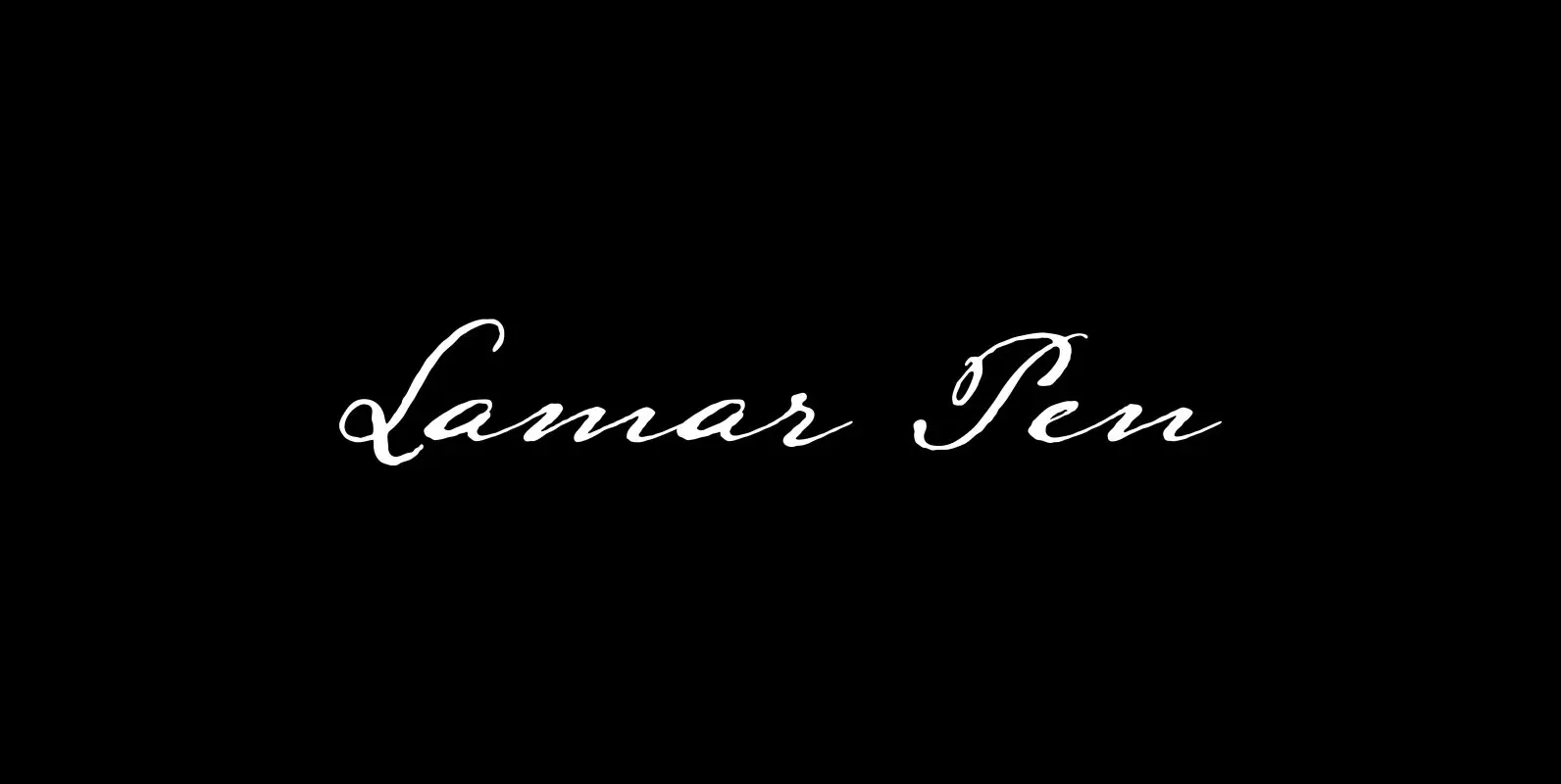
Lamar Pen Font
Lamar Pen gets its name from Mirabeau Buonaparte Lamar, whose penmanship it’s modeled after. Lamar, born in Georgia in 1798, migrated in 1835 to Texas, where he supported—and the following year fought for—the then-Mexican province’s independence. He stuck around, too,

Cedar Street Font
Cedar Street simulates the look of a ballpoint pen on a porous notepad. I find it interesting especially for the little bulbous ends of the strokes where the pen soaked into the paper. Cedar Street has a single, medium weight
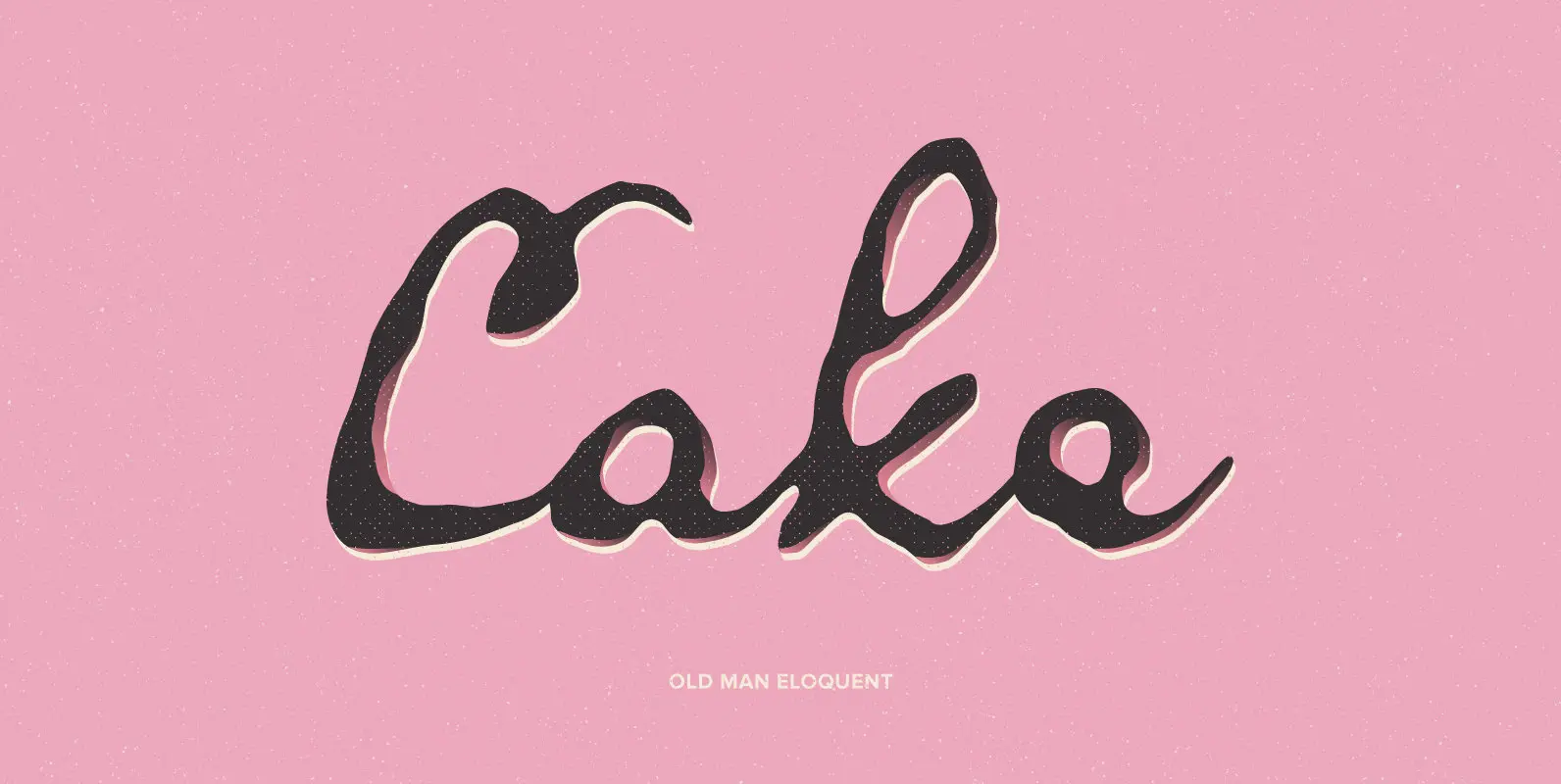
Old Man Eloquent Font
Old Man Eloquent simulates the handwriting of John Quincy Adams, the second President of The United States, in pages of his famous diary, circa 1810. Adams kept his diary from 1779, when he was a boy, until 1848, the year

Military Scribe Font
The 10th Regiment of Foot is a British military unit raised more than three centuries ago—and perhaps most famous in the U.S. for seeing action on American soil during the Revolutionary War in the Battles of Lexington and Concord and
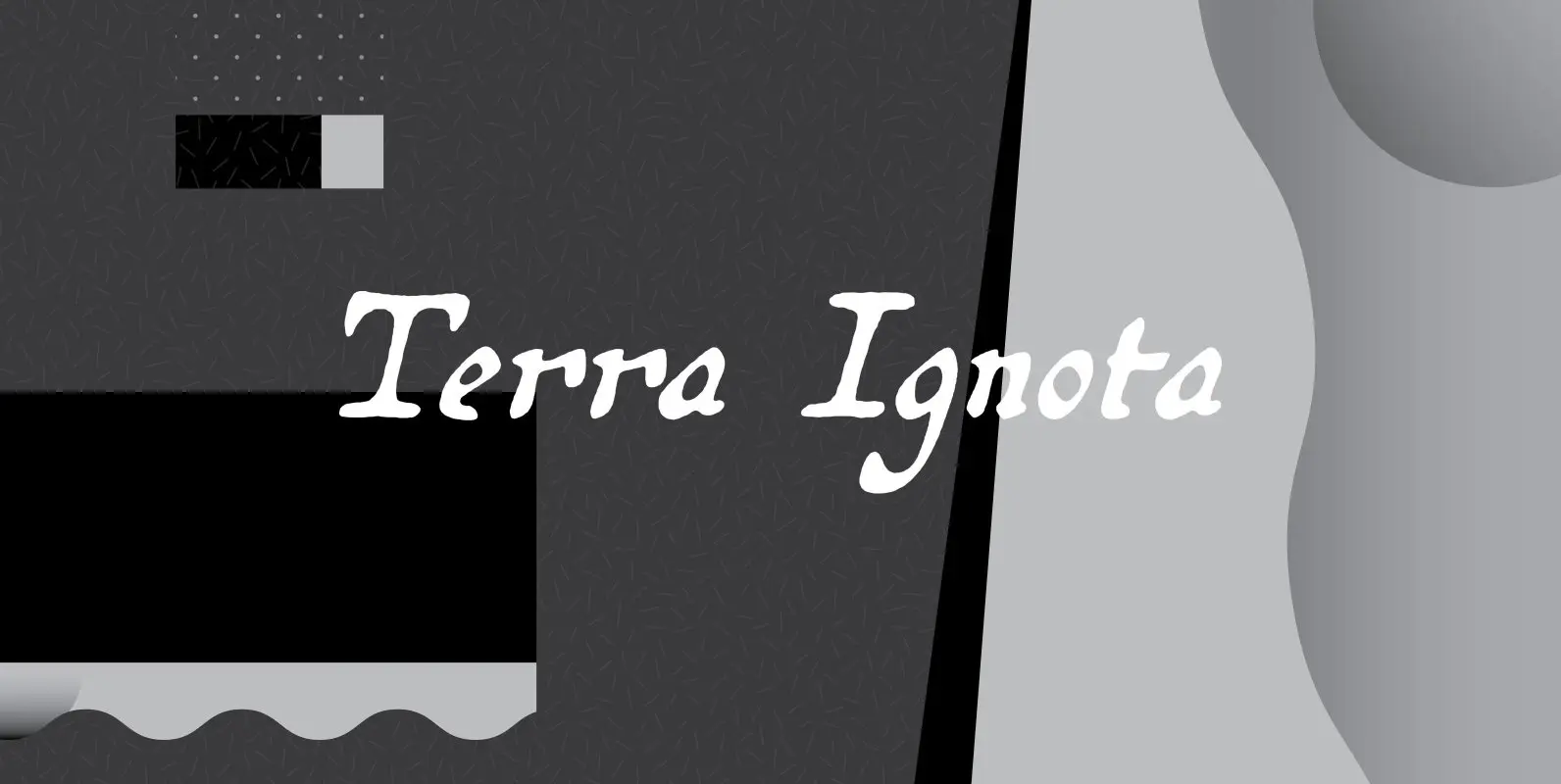
Terra Ignota Font
The idea for Terra Ignota came years before I actually designed it, as I was admiring a reproduction of “Amerique Septentrionale,” a 1650 map by French cartographer Nicolas Sanson, given me by my parents. The hand-lettering has a sort of


